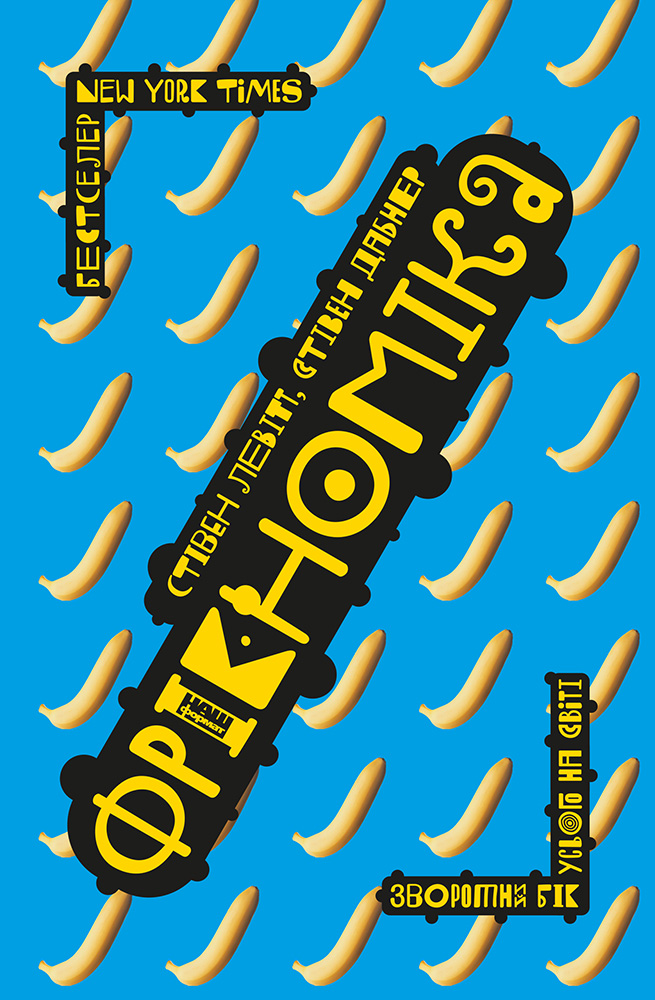Читати книгу - "Genghis Khan and the Making of the Modern World"
Шрифт:
Інтервал:
Добавити в закладку:
In April 2000, I followed the trail that Temujin and his family probably took eight centuries earlier when they fled from the attacking Merkid who had come to kidnap Borte. After locating the likely spot of the attack on Temujin’s camp, the direction from which the Merkid came, and the path by which the group fled, we set off to follow the chase from the steppe to the mountains. The local herding boys were themselves about the same age as the ones whose trail we were now retracing. They were just as skilled with horses as their ancient predecessors, and they wore the traditional Mongol deel with a tightly wrapped sash of bright gold silk just below the waist. Except for the occasional baseball cap, sunglasses, or jeans worn under the deel, their clothes were still the same heavy layers of wool, fleece, and felt garments worn by their ancestors.
Our nine horses, like those of Hoelun’s fleeing family, were geldings, and the descriptions of the horses in the Secret History are so precise that we could have matched them up by age, color, shape, and other characteristics. Instead, we simply rode with the horses that an old and slightly drunk herder had designated as most appropriate for our task. We did not need to search for the route so much as merely follow the guidance and intuition of the nomads. They knew precisely how a horse and rider would get from here to there. They knew where the ice was too thin to cross the river, where the snow was too deep in the small depressions, and where a cluster of marmot burrows might trip one of the racing horses.
The wind made the new snow dance around the horse’s hooves as we slowly climbed the rocky slope of Burkhan Khaldun, the most sacred mountain in Mongolia. The horse nervously snorted moist puffs of steam into the crisp air. His head jerked. Under the strain of a long, hard climb in such a thin altitude, his heart pounded so loudly that I heard it above the rushing wind, and I felt it throbbing up through my legs to my heart. When we paused in the bright crystal clear light, we saw all the way to the horizon in all directions—across the mountain peaks, boulder fields, winding rivers, and frozen lakes.
When he had finished his work, Genghis Khan returned here, as he always had after each victory, for rest, recovery, and renewal. He had changed the world but had allowed nothing to change in the land of his birth. Today, hawks soar overhead in spring, and the insects still sing in summer just as they did in his day. Nomads move to the hills in autumn, and wolves prowl in winter. When I close my eyes, I can still hear the distant thunder of his horse’s hooves as they gallop off to China, Europe, and India.
Leaving the forested mountains and riding back to find our Jeeps, we decided to return to where the story and our expedition began, the place where the Merkid kidnapped Borte from Temujin. The steppe stretched to the horizon in every direction, barren of trees and unmarred by buildings, roads, fences, electric lines, or other scars of the modern world. During my repeated visits, I had learned to mark the land as the Mongols do, by color of season. The brief green summer lured the mating birds; the yellow fall enticed the horses to race and goats to gnaw at the drying plants. The white winter would find camels wandering slowly up and down the frozen river searching for patches of dried grass, and the brown spring provided only a time of waiting for new grass by the animals and the humans who live off them. Isolated, remote, and unchanged by the centuries, this locale marks the place where Temujin became a man and changed the Mongols from a tribe into a nation.
Upon our return to the windy place where we thought the abduction had occurred, our group grew quiet in the bitter wind that whipped around us. We had fulfilled the mission, and we returned to the spot with a new sense of amazement at what had happened here. The outline of many old campsites were clearly marked by large stones that once were used to tie down the ger in the fierce winds. The Mongol camps now lay cold and empty. Yet it seemed that if I only kicked the dust, I would feel the warmth of the smoldering ashes rising from his last campfire. If I brushed away the snow, I would see the prints of his horses in the frozen mud. The stones seem to have been left quite casually, as though at any time now the owner might return, dust them off, and once again erect either a winter camp for his yaks and sheep or an imperial capital of the world—whichever is most needed at the moment.
We stood in a silent cluster in the whistling wind, tightened our jackets, pulled down our hats, and stared at the ground. One by one, members of the group walked away to gather a few stones and piled them on the spot, in the way that nomadic people have marked important places for thousands of years.
Увага!
Сайт зберігає кукі вашого браузера. Ви зможете в будь-який момент зробити закладку та продовжити читання книги «Genghis Khan and the Making of the Modern World», після закриття браузера.




